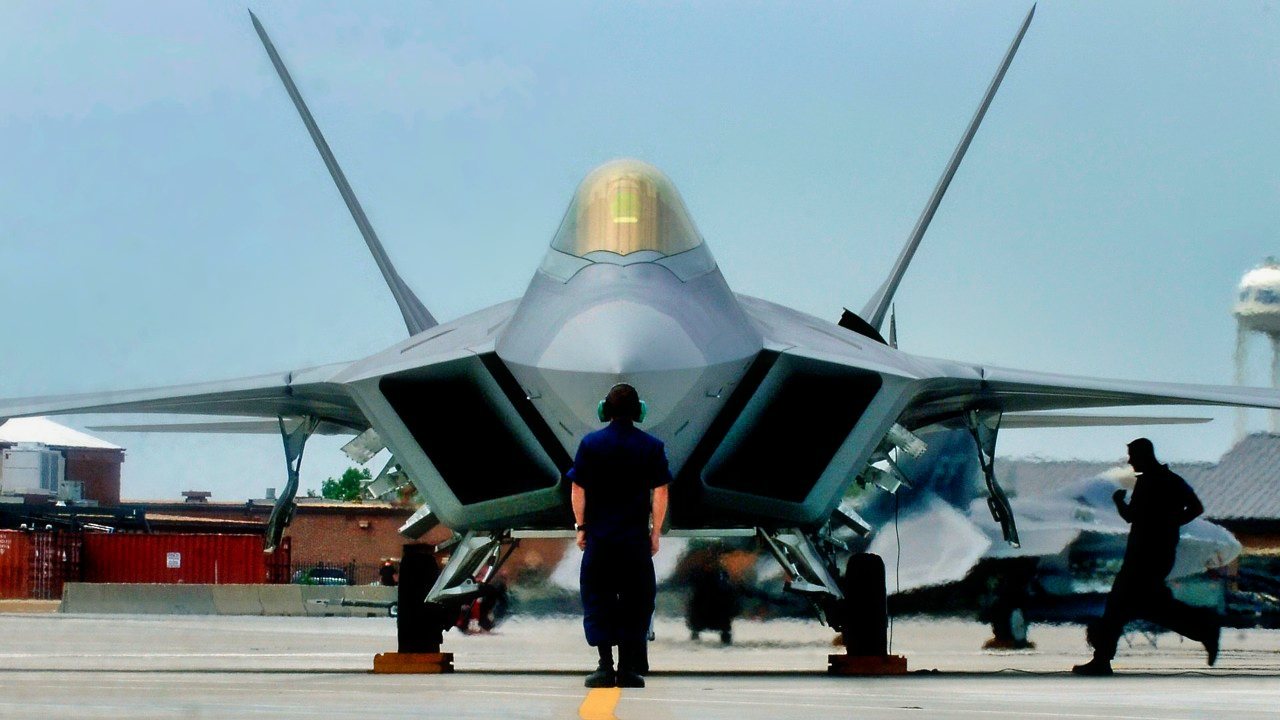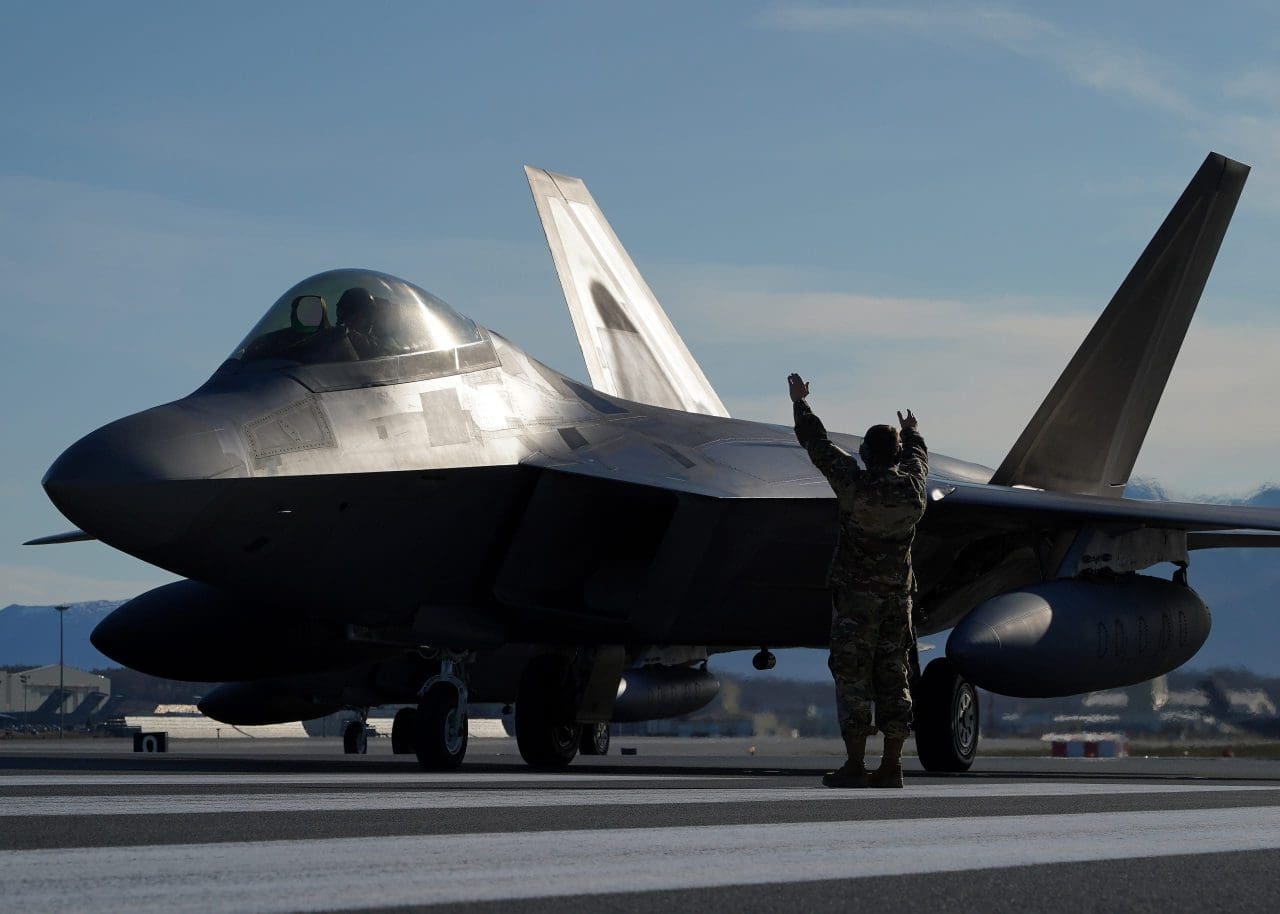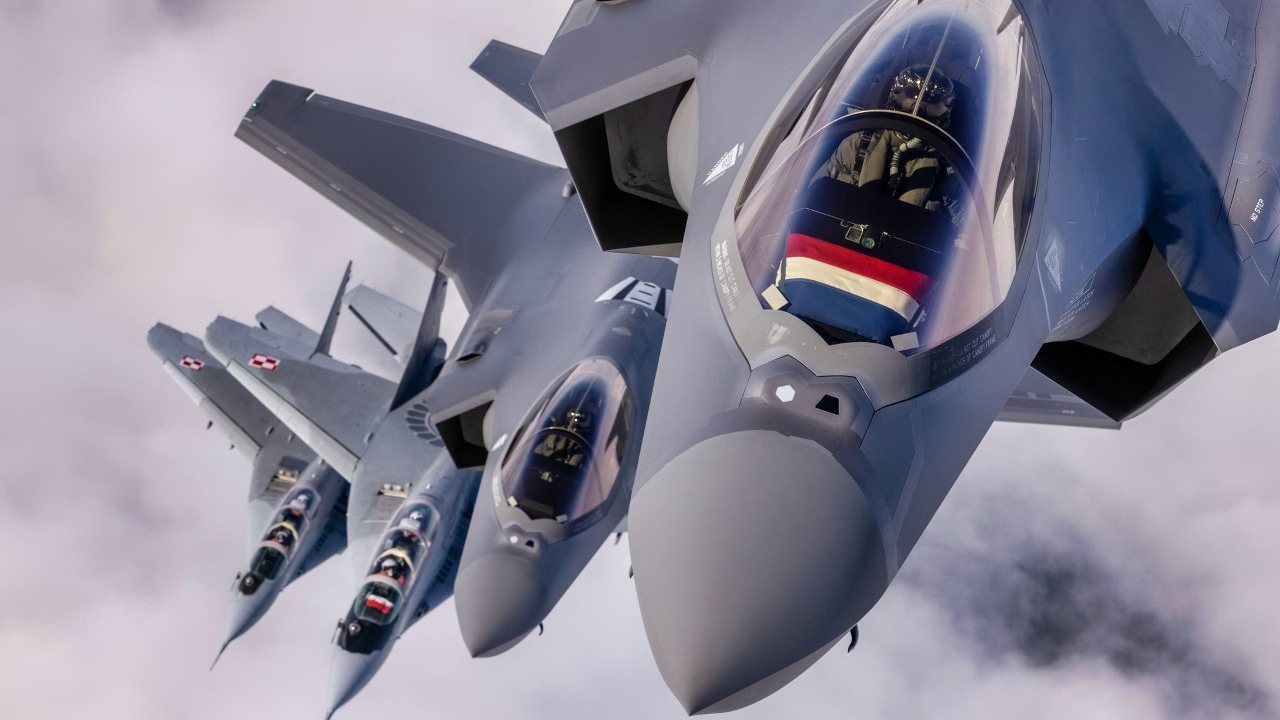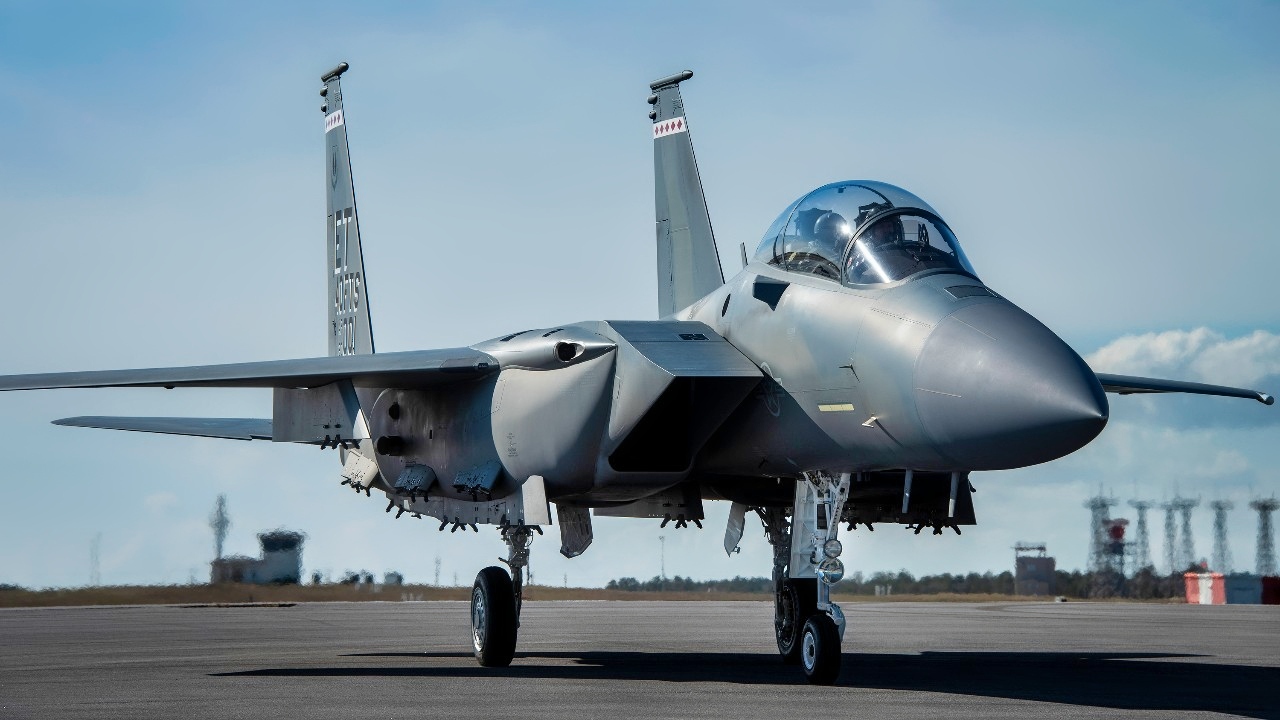Key Points and Summary – Ukraine’s long-held aspiration to join NATO remains a central, yet deeply complex, issue in the ongoing war with Russia.
-While NATO leaders have declared Ukraine’s path to membership “irreversible,” admitting the country while the conflict is active would trigger Article 5 and risk a direct war with Russia.

F-22 Raptor. Image Credit: Creative Commons.
-The current peace negotiations are exploring “Article 5-like” security guarantees as an alternative.
-This could provide Kyiv with the protection it seeks without formal membership.
-Still, it might also mean that Ukraine’s ultimate goal of joining the alliance is permanently traded away in exchange for peace.
NATO Protection for Ukraine Without Joining NATO?
Ukrainian aspirations to join NATO date back to 2008, when it requested a membership action plan that would put it on track to become a member of the alliance potentially.
A succession of presidents have been and gone since then, but Ukraine’s intention to join the military alliance remains intact – and was amplified in September 2022, when President Volodymyr Zelenskyy formally applied for Ukraine to join.
Beyond ending the war in Ukraine, joining NATO is one of Zelenskyy’s most strongly held convictions. In February 2025, the Ukrainian president said that he would be willing to “give up” his presidency in exchange for NATO membership.
No NATO for Ukraine?
Joining the bloc, however, presents a number of challenges for his own country, his allies already in NATO, and Russia.
Should Ukraine be admitted into the alliance now, Article 5 of the North Atlantic Treaty would compel member states to take action against Russia unless it ceased military action in Ukraine.
That fundamental risk explains why NATO has so far withheld formal membership.
Admitting Ukraine while the conflict remains active would all but guarantee confrontation between the alliance and Russia.
For Western governments, the prospect of triggering Article 5 obligations in the middle of an ongoing war is an invitation to a broader conflict with Moscow that could spiral into a global confrontation.
Russia’s Fear
Russian President Vladimir Putin has long opposed Ukraine’s membership in NATO.
Despite initially stating in 2002 that Ukraine was entitled to decide its own future with regard to NATO membership, his mood began to change soon after 2004 when Slovenia, Slovakia, Romania, Lithuania, Latvia, Estonia, and Bulgaria joined the alliance.

U.S. Air Force Staff Sgt. Christopher Graham, 3rd Wing crew chief, marshalls an F-22 Raptor on the flight line at Joint Base Elmendorf-Richardson, Alaska, during an elephant walk, May 5, 2020. The large show-of-force demonstrated the wings’ rapid mobility capabilities and response readiness during COVID-19 and also highlighted the ability to generate combat airpower at a moment’s notice to ensure regional stability throughout the North American Aerospace Defense Command Region and Indo-Pacific. (U.S. Air Force photo by Tech. Sgt. Westin Warburton)
Since then, Putin’s opposition to Ukraine’s NATO membership has grown increasingly vehement, with the Russian leader arguing that NATO expansion undermines Russian security.
What Does the West Want?
Western leaders are aware of this and have been candid about the limitations of their pledges.
At the 2024 Washington Summit, allies said that “Ukraine’s future is in NATO” and described Kyiv’s path to membership as irreversible.
Yet, diplomats have been equally clear in their actions that accession will not occur while the war is ongoing.
However, the security guarantees being discussed in the current peace talks suggest that Ukraine may never need full membership to obtain many of the benefits that come with it.
NATO Protection but No NATO Membership?
Depending on how the negotiations conclude, Kyiv could secure protection that mirrors Article 5 commitments without the political and legal complexities – and the obligations – that come with formal accession.
During a meeting of European and NATO leaders in Washington earlier this month, following U.S. President Donald Trump’s meeting with Vladimir Putin in Alaska, the prospect of Article 5-like protections was discussed as a possible solution for post-war security.
Under the proposals, Ukraine would be protected by NATO states in the event of future hostile action by Russia.
It would not only serve as a guarantee that Ukraine could defend itself in the event of another invasion.
Still, it would provide one of the key benefits of NATO membership that has driven Ukraine’s ambitions from the beginning.
Beyond improved relations with the West, NATO membership has long been regarded as the most effective form of protection against future Russian invasions.

Royal Netherlands Air Force F-35 Lighting II fighters fly in formation with Polish Air Force MiG-29 Fulcrums during a training sortie over Poland on 21 March 2023.
Despite recent reports suggesting Putin could accept such a deal, it remains unclear at this stage whether the Kremlin would accept such a deal – having already shot down plans to send European peacekeeping troops to Ukraine post-war.
However, if the Kremlin plays ball, Ukraine could soon find itself with new borders and security guarantees that mimic those of NATO membership.
It could be enough to end the conflict for now, but it could also mean Ukraine’s “irreversible” path to membership is pulled in exchange for peace.
About the Author:
Jack Buckby is a British author, counter-extremism researcher, and journalist based in New York who writes frequently for National Security Journal. Reporting on the U.K., Europe, and the U.S., he works to analyze and understand left-wing and right-wing radicalization, and reports on Western governments’ approaches to the pressing issues of today. His books and research papers explore these themes and propose pragmatic solutions to our increasingly polarized society. His latest book is The Truth Teller: RFK Jr. and the Case for a Post-Partisan Presidency.
More Military
The B-1B Bomber Is Headed for the Boneyard
